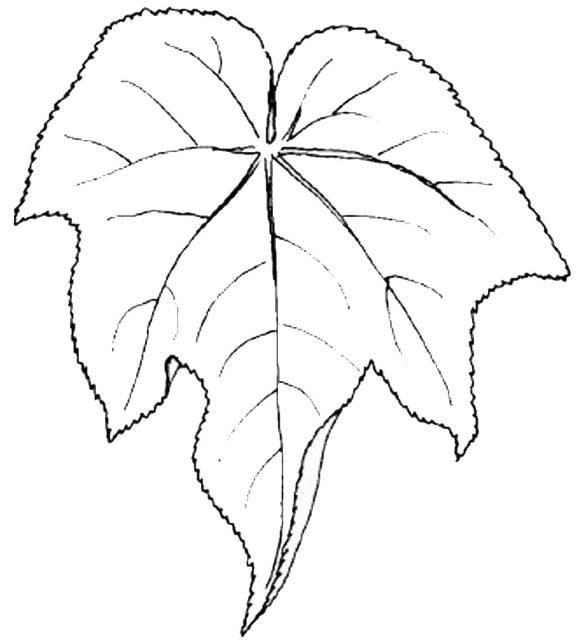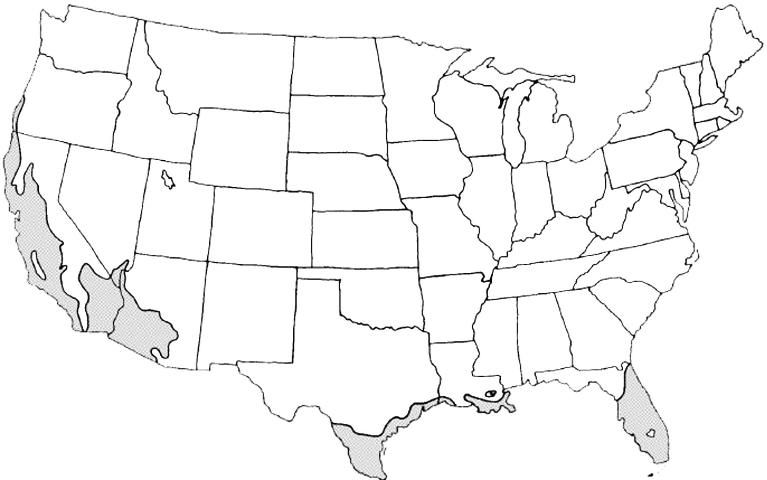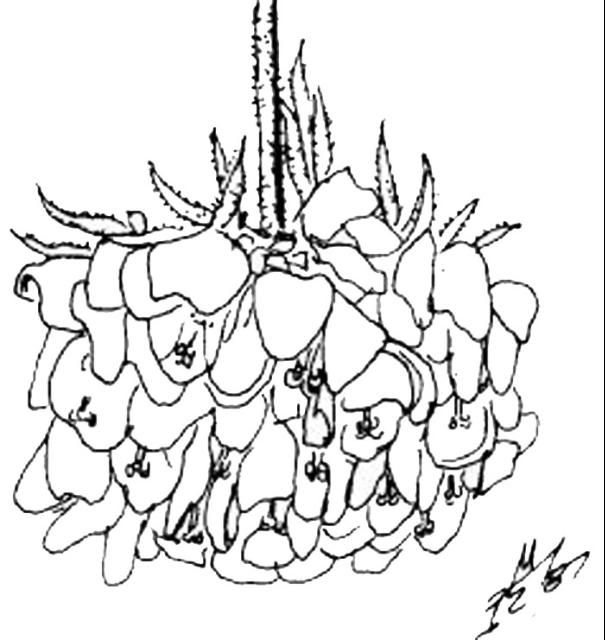Introduction
A native of the tropical parts of Africa, tropical snowball is grown more for its flower display than anything else (Figure 1). The coarse-textured foliage is simple with shallow or deep palmate lobes. Bright pink or red flowers are prominently displayed on the new growth in the summer and sporadically throughout the year. Some types have white flowers.

Credit: UF/IFAS
General Information
Scientific name: Dombeya spp.
Pronunciation: dom-BEE-yuh species
Common name(s): tropical snowball
Family: Byttneriaceae
Plant type: shrub
USDA hardiness zones: 9 through 11 (Figure 2)
Planting month for zone 9: year round
Planting month for zone 10 and 11: year round
Origin: not native to North America
Uses: trained as a standard; accent; cut flowers; screen; foundation; border
Availability: somewhat available, may have to go out of the region to find the plant

Credit:
Description
Height: 6 to 10 feet
Spread: 6 to 8 feet
Plant habit: oval
Plant density: dense
Growth rate: fast
Texture: coarse
Foliage
Leaf arrangement: alternate
Leaf type: simple
Leaf margin: lobed
Leaf shape: ovate
Leaf venation: palmate
Leaf type and persistence: evergreen
Leaf blade length: 8 to 12 inches
Leaf color: green
Fall color: no fall color change
Fall characteristic: not showy
Flower
Flower color: red; pink
Flower characteristic: summer flowering; fall flowering

Credit: UF/IFAS
Fruit
Fruit shape: unknown
Fruit length: unknown
Fruit cover: unknown
Fruit color: unknown
Fruit characteristic: inconspicuous and not showy
Trunk and Branches
Trunk/bark/branches: typically multi-trunked or clumping stems; not particularly showy
Current year stem/twig color: green
Current year stem/twig thickness: medium
Culture
Light requirement: plant grows in full sun
Soil tolerances: acidic; alkaline; sand; loam; clay
Soil salt tolerances: poor
Plant spacing: 36 to 60 inches
Other
Roots: usually not a problem
Winter interest: no special winter interest
Outstanding plant: plant has outstanding ornamental features and could be planted more
Invasive potential: not known to be invasive
Pest resistance: very sensitive to one or more pests or diseases which can affect plant health or aesthetics
Use and Management
Snowball is most often used as a specimen in a shrub border or near the corner of a building. Its beautiful flowers make this a premium shrub for locating in any part of a sunny landscape. Flower number is reduced in partial shaded locations.
Tropical snowball grows fast and adapts to a wide variety of soils. Several fertilizer applications each year help keep leaves dark green all year long. Some micronutrient deficiency symptoms appear in soils with a pH above 8.0. Regular applications with appropriate fertilizers prevent symptoms from appearing.
Pests and Diseases
Aphids and scales often infest the foliage and stems. Sooty mold often follows. Soil borne nematodes can stress the plant by reducing the size of the root system.